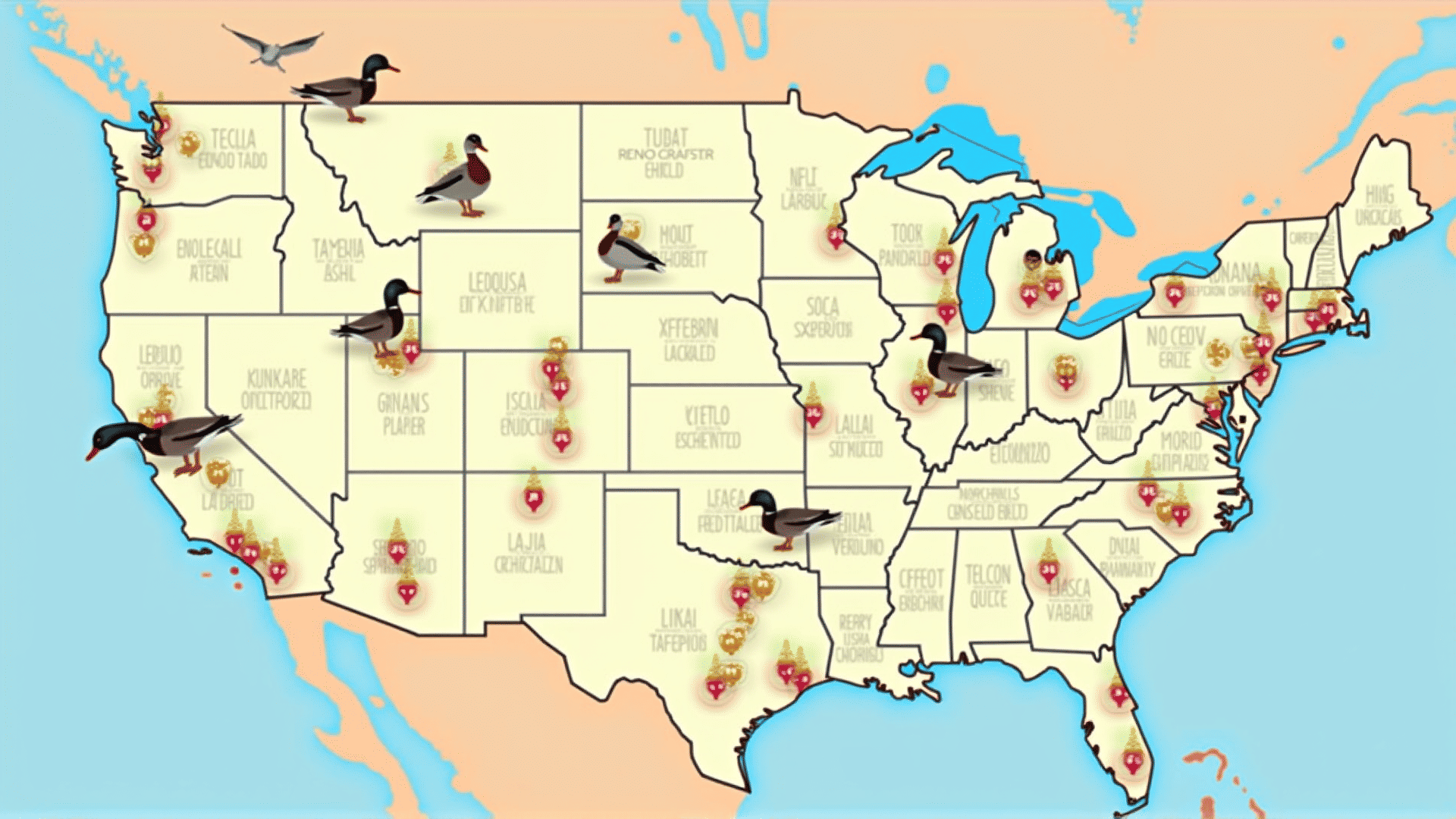In recent years, the merging of technology with wildlife observation has provided exciting new ways to understand and appreciate the natural world. One such development is the creation of a comprehensive duck sightings database built on the DuckDB platform. This innovative repository not only serves as an invaluable resource for birdwatchers and researchers but also opens up new possibilities for conservation efforts and environmental education.
What is DuckDB?
DuckDB is an embeddable analytics database designed for seamless integration and performance. Known for its ability to handle large datasets efficiently, DuckDB is particularly beneficial for managing complex queries and big data analysis in a lightweight package. Its flexibility and power make it an ideal tool for handling the extensive data involved in tracking global duck sightings.
The Purpose of the Duck Sightings Database
The primary goal of the duck sightings database is to provide an organized, accessible, and reliable resource that documents the occurrences of various duck species worldwide. This information is crucial for several reasons:
-
Biodiversity Monitoring: By compiling sightings from diverse locations, the database helps track migratory patterns and population changes, crucial for understanding broader ecological shifts.
-
Research and Analysis: Researchers can leverage this data to conduct studies on duck behavior, habitat preferences, and interactions with other species, contributing significantly to avian science.
-
Conservation Efforts: The database aids conservationists in identifying at-risk species and habitats, helping prioritize areas that need protection or restoration.
-
Community Engagement: Birdwatchers and citizen scientists can contribute sightings, making ornithology more accessible and inclusive.
Features of the Duck Sightings Database
1. User-Friendly Interface
Designed with both amateur birdwatchers and professional researchers in mind, the database features a user-friendly interface that allows easy navigation and data entry. Contributions from users are streamlined, ensuring that the process is as efficient as possible.
2. Advanced Search Capabilities
The database offers sophisticated search and filter options to help users find specific information about duck species, sighting locations, timeframes, and more. This feature is particularly useful for researchers conducting targeted studies.
3. Integration with Geographic Information Systems (GIS)
By incorporating GIS technology, the database allows for spatial analysis of duck sightings. Users can visualize migration patterns, identify key habitats, and assess environmental factors influencing duck populations.
4. Real-Time Data Updates
With real-time data integration, users can access up-to-date information, ensuring that research and conservation efforts are based on the latest available data.
5. Community Contribution and Verification
The platform encourages community engagement by allowing users to contribute their own sightings. A robust verification system ensures data accuracy and reliability, nurturing a trustworthy database for all users.
Benefits for Birdwatchers and Researchers
The duck sightings database built on DuckDB is a game-changer for both hobbyists and professionals. Birdwatchers can enhance their understanding and enjoyment of their hobby by accessing a wealth of information at their fingertips. They can also contribute to a larger body of work, furthering the collective knowledge of duck behavior and distribution.
For researchers, the database provides a rich source of data from which to draw conclusions about ecological health, species-specific behaviors, and much more. The ability to analyze up-to-date information on a global scale opens the door to new research opportunities and insights.
Conclusion
The establishment of a duck sightings database within the DuckDB framework represents a significant advancement in the field of ornithology and wildlife conservation. By providing a robust platform for data collection, analysis, and dissemination, it empowers birdwatchers and researchers to deepen their understanding of duck species across the globe. This not only enriches the study of ducks but also supports vital conservation efforts aimed at preserving these integral components of our ecosystem for future generations.
